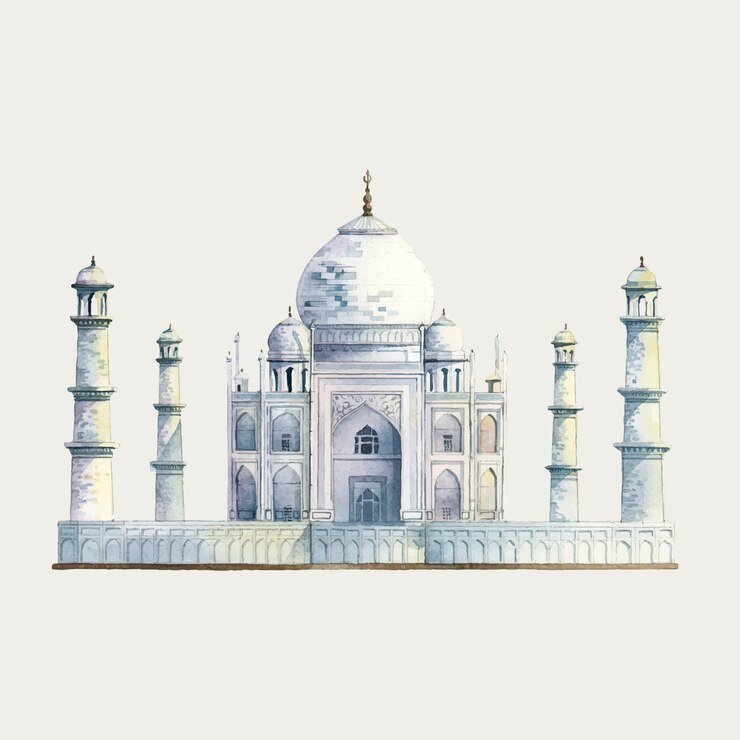Eternal Love’s Monument: A Journey through the Taj Mahal’s Splendor
Introduction: Nestled on the banks of the Yamuna River in Agra, India, stands a monument that transcends time, space, and emotion. The Taj Mahal, a UNESCO World Heritage Site, is not just a mausoleum but a symbol of eternal love, architectural brilliance, and historical grandeur. Let’s embark on a journey to unravel the beauty and significance of this iconic structure.

History and Origins: Commissioned in 1632 by the Mughal emperor Shah Jahan in memory of his beloved wife Mumtaz Mahal, the Taj Mahal is a testament to undying love and devotion. Mumtaz Mahal, the Empress of the Mughal Empire, passed away during childbirth, leaving Shah Jahan heartbroken. In her honor, he vowed to build the most exquisite mausoleum the world had ever seen.
Architectural Marvel: Designed by a team of architects and artisans from across the Mughal Empire and beyond, the Taj Mahal is a masterpiece of Mughal architecture. Its symmetrical layout, intricate marble inlay work, and elaborate gardens reflect the perfect harmony between Persian, Islamic, and Indian architectural styles. The main structure is built of white marble, which seems to change color with the shifting sunlight, evoking different moods throughout the day.
Symbolism and Meaning: More than just a monument, the Taj Mahal embodies profound symbolism. It represents the eternal bond between Shah Jahan and Mumtaz Mahal, immortalized in stone for eternity. The four minarets surrounding the main dome symbolize thepresence of Allah and serve as a reminder of the celestial abode promised to the faithful in Islamic belief. The intricate carvings and inscriptions from the Quran further enhance its spiritual significance.
Intriguing Legends and Mysteries: The Taj Mahal is shrouded in captivating legends and mysteries that add to its allure. One such legend suggests that Shah Jahan planned to build an identical black marble mausoleum for himself on the opposite bank of the Yamuna River, connected to the Taj Mahal by a silver bridge. However, his plans were thwarted by his son Aurangzeb, who imprisoned Shah Jahan and seized the throne. Whether true or not, such stories only add to the mystique surrounding this architectural wonder.







